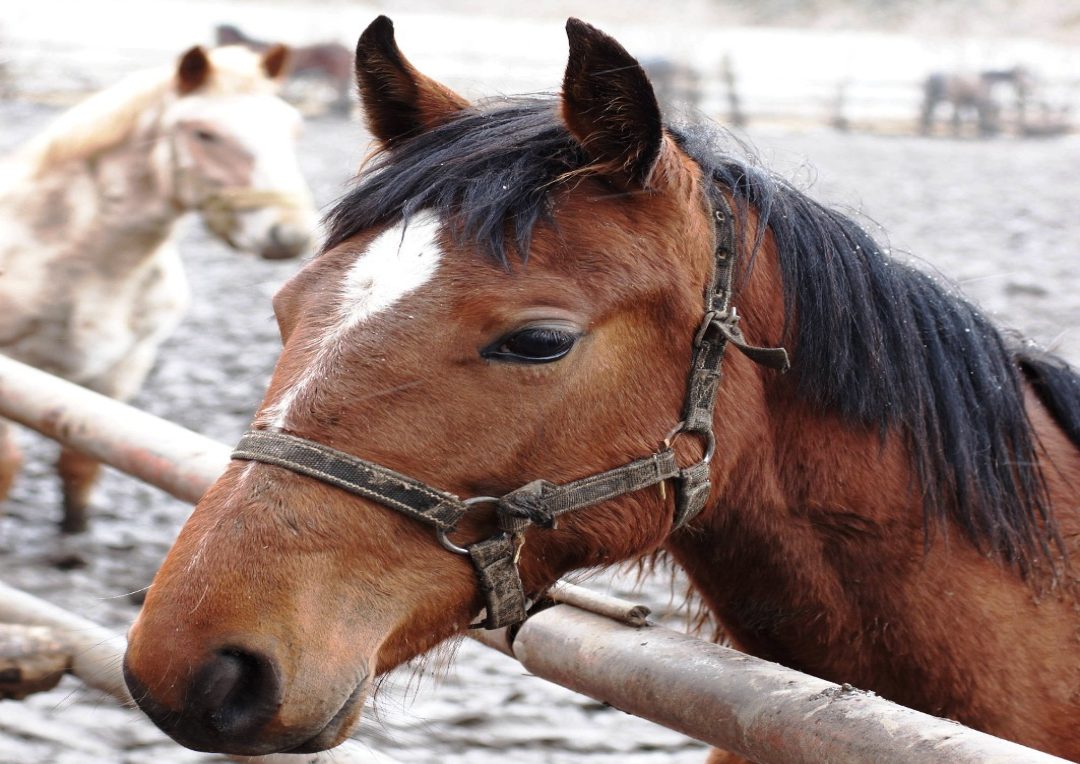

Equine diseases and their treatment are a subject of content research in the field of veterinary science. Doctors and experts still feel puzzled by certain issues that horses face and among those is lymphangitis. It is one of the causes of equine deaths and researchers have found the common cause behind it. But there is still a need to find and research more on it.
Watch What’s Trending Now!
The equestrian community is astonished by the said disease. Their beloved four-legged creature gets infected by this and at certain times leads to their euthanization. The detection of the disease is quite a challenge and veterinarians have struggled with the diagnosis as it appears initially as a normal cut or bruise. As per the current studies significant progress has been made for the treatment of the disease.
ADVERTISEMENT
Equestrian horse’s mysterious disease
According to PaulickReport, normally in the equine body, the heart pumps blood to the tissues and organs and during that process, some fluid is left behind which the soft tissue retains. The fluid left behind is called Lymph and the lymphatic system collects this and sends it to the heart. Any disturbance in the lymphatic system leads to lymphangitis. The work of lymph fluids is to remove waste and toxins from body tissues.

ADVERTISEMENT
During any disturbance in the lymphatic system, these fluids get collected and cause swelling. Lymphangitis is known by different names like vasculitis, big leg disease, and cellulitis. The swelling is of two types – non-painful often referred to as Stock-up and painful known as Lymphangitis. In Stock-up the swelling occurs in the lower leg and in more than one leg. This swelling occurs in horses that have a considerable decrease in training due to weather or health. Lymphangitis affects one leg and the horse experiences a high fever.
ADVERTISEMENT
Later on, the equine also shows symptoms like sweating, rapid breathing, and trembling due to pain. The disease is still a mystery in terms of when it happens, why, and effective measures to prevent it. However, the most common reason is found to be bacteria which enter through cuts or abrasion and multiply. This multiplication of bacteria causes inflammation. Due to inflammation, the skin around the leg gets stretched leading to fluid seepage and this fluid burns the skin. The veterinarians have prescribed treatment methods according to the severity of the disease and the spread of infection.
Treatment options for Lymphangitis
In the treatment of Lymphangitis, veterinarians prescribe high-dose antibiotics and anti-inflammatories to fight the bacteria and reduce the swelling. The above medication needs assistance in treatment which comes in the form of cold therapy where water is applied, draining abscesses where the fluid is drained out of leg and bandage.
ADVERTISEMENT
Apart from this, exercise is really helpful in treatment but can only be applied when swelling is non-painful. There are preventive measures to avoid such a situation like regular exercise of horses, proper vaccination, immediate treatment even if it is a minor cut, and calling of veterinary doctor on the first sign of swelling.
Read More: Multiple Equestrian Race-Winning Horse Worth $4,231,290 Meets Saddening Fate
Lymphangitis becomes dangerous when the swelling becomes painful for the horse due to bacteria. The treatment of the disease is mostly effective which is a combination of medication and exercise. The vets have also prescribed preventive measures to avoid the diseases that these equines go through.
ADVERTISEMENT
Watch The Story: Essential Mistakes to Steer Clear of When Riding a Horse for the First Time
ADVERTISEMENT
ADVERTISEMENT
ADVERTISEMENT

